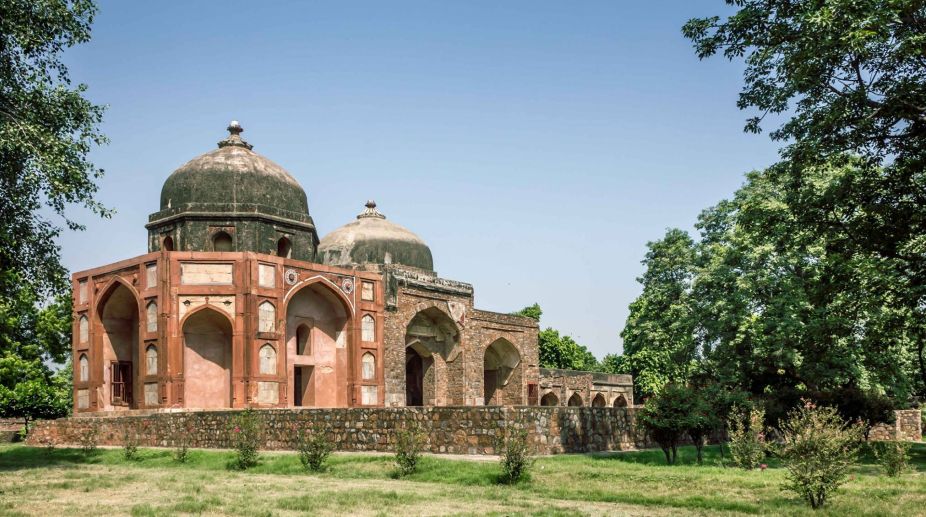Civilian shot dead by terrorists in Rajouri district of Jammu
A government employee was shot dead on Monday evening by terrorists outside a mosque in the Rajouri district of Jammu.

Afsarwala tomb (Photo: Facebook)
Afsarwala tomb (adjoining a mosque) in Nizamuddin is one of those mysterious mausoleums of the Capital about which authentic informtion is hard to come by. Situated in Arab-ki-sarai, the tomb dates back to the time of Akbar. At least this much is evident from the 974 AH inscribed on it, which corresponds to 1566 AD.
The tomb is believed to be that of an Arab or Persian official who perhaps served under Babar, Humayun and for some time Akbar too. Officials in those days had more powers than they now enjoy. Religious affairs were not outside their sphere of activity, for many of them derived their strength from the backing they recieved from the ulema.
Arab-ki-sarai itself has a romantic history and those associated with it were no less romantic. The Afsar in question was probably one attached to those who kept a large harem and retired to it when the sun became too strong for the rich and mighty of the town to move about.
Advertisement
The day began as early or as late as one willed. There were of course no files to push, the oral command was the order of the day. Moving about on horseback, the Afsar was able to cover the city limits, which were not very large in an age in which safari suits and cars were not even dreamt of.
The nobleman wore the chogha, which distinguished him from the motley crowd and gave him an air of superiority, which went well with the authority he excercised. There was no need for a posse of policemen to accompany him to get orders enforced.
Whether the Afsar was a civil official or a soldier is not known, but then in those days the two could revert to either role, depending on the situation. To wield the sword and lead men on battlefield came as easily to them as civic affairs. The man who inspected the markets could lead a cavalry charge just as well. This Afsar too may have been one of them.
Advertisement